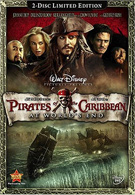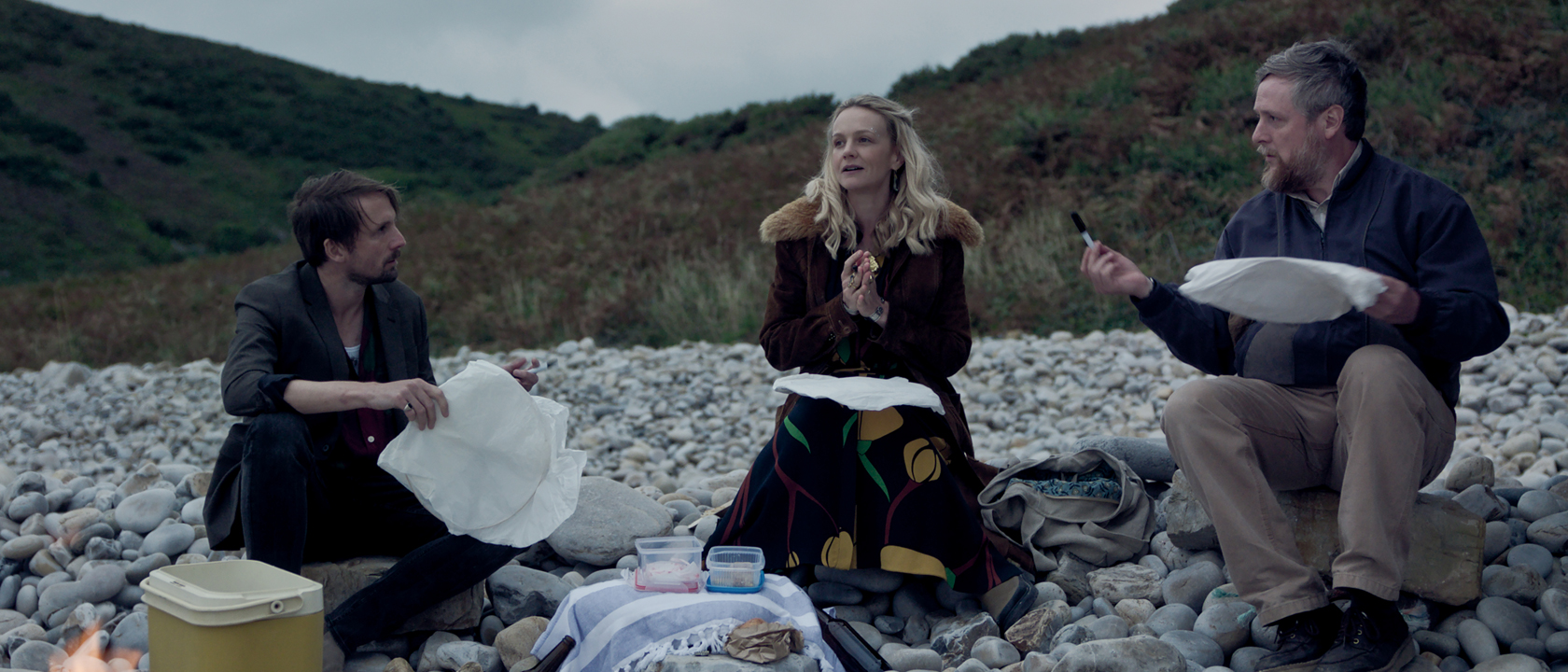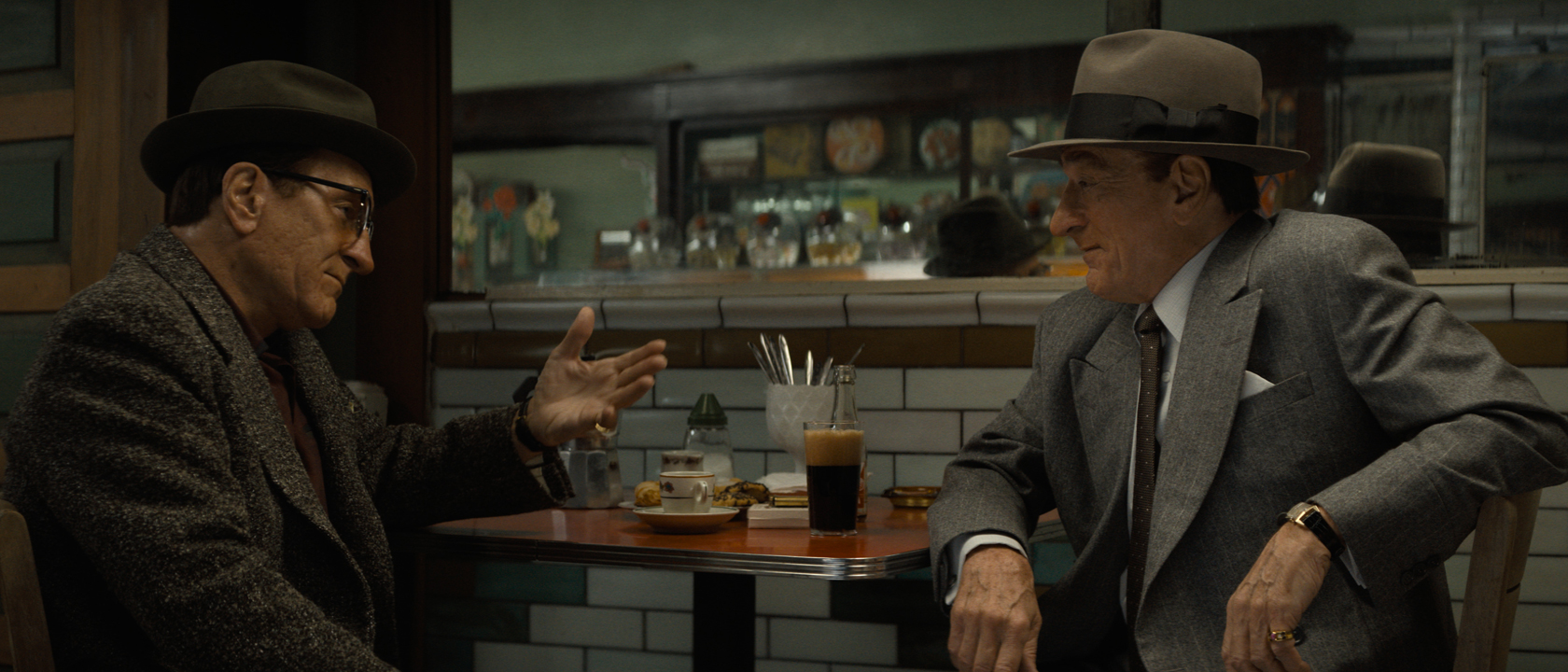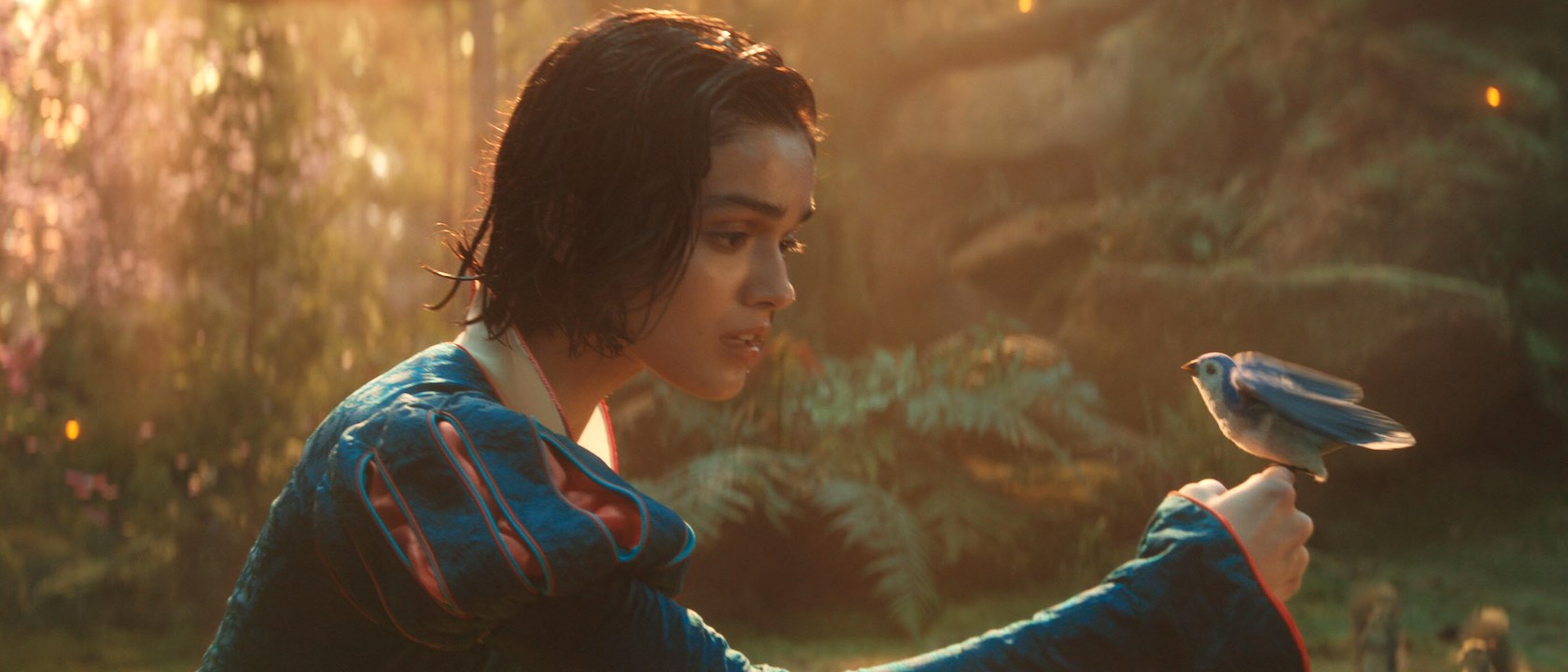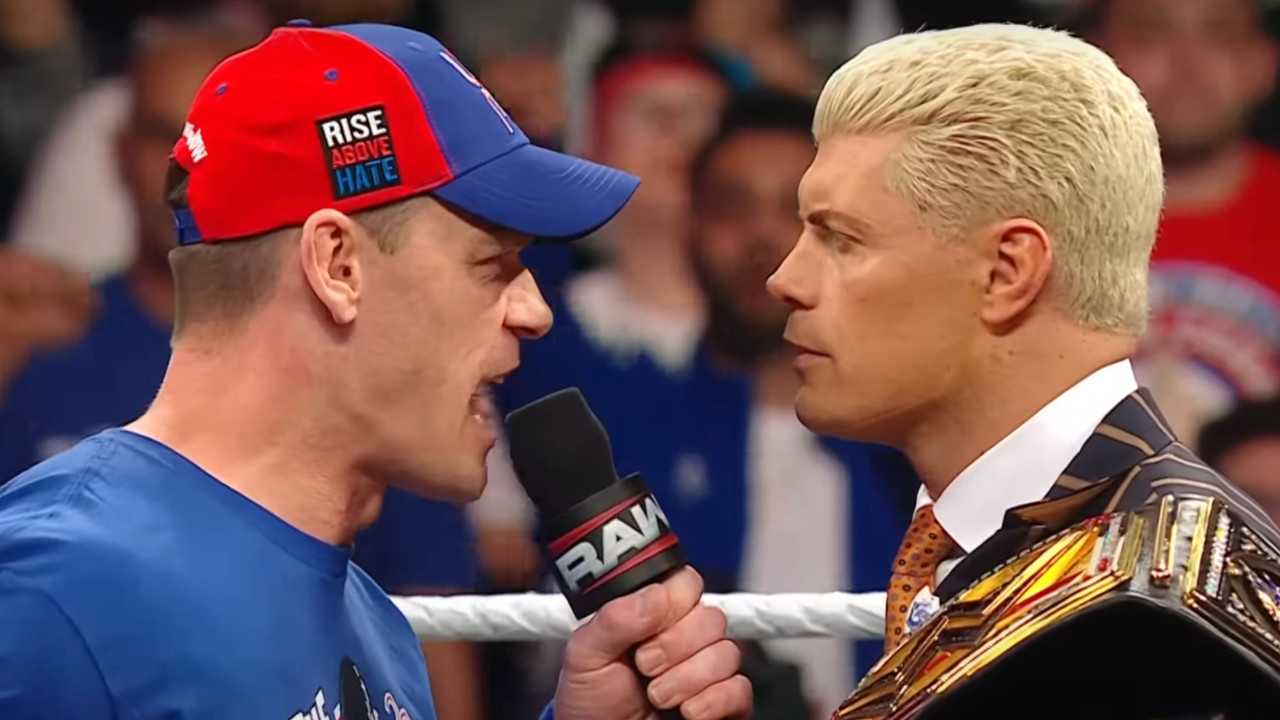Pirates of the Caribbean: Dead Man’s Chest was criticized for being a little heavy on exposition, but you can’t deny it set up a third chapter marvelously. The beloved Captain Jack Sparrow’s fate was uncertain, a potential love triangle between Elizabeth Swan, Will Turner, and Sparrow had been established, and the villain of Curse of the Black Pearl, Captain Barbossa, had made a defiant return. Everything looked great for an explosive finale for the franchise. Unfortunately, Pirates of the Caribbean: At World’s End fails to live up to the setup, and ultimately becomes the weakest Pirate outing yet. Just from the setup created by the previous chapters, Pirates of the Caribbean: At World’s End has a lot of ground to cover to bring a satisfying conclusion to the trilogy. The characters we’ve gotten to know over the course of two films have to travel to the end of the world to rescue Captain Jack Sparrow (Johnny Depp), resolve some unfinished business against the cursed Davy Jones (Bill Nighy), face off with the East India Trading Company, and cope with a transforming world that is leaving piracy behind. Oh, and then there’s that whole interrupted wedding of Will Turner (Orlando Bloom) and Elizabeth Swann (Kiera Knightly), complicated by Elizabeth’s possible feelings for Sparrow. It’s enough plot to take two movies to set up, so trying to resolve it in one final picture is a tall order.
Instead of just taking on the task of resolving the existing storylines, At World’s End piles on even more material to be dealt with. This includes introducing the Brethren Court of Pirates, made up of Pirate Lords (some of whom we’ve met but didn’t realize their status), who come together to determine the fate of the pirates and creating a whole new level of pirate mythology with the existence of Calypso, a goddess bound in human form (also who we’ve met, but weren’t aware of). With all of the new storylines added on top of the old, the result is a complicated film that will easily make most people dizzy, let alone someone like Jack Sparrow.
At World’s End suffers from a snowball effect. Nobody expected much from Pirates of the Caribbean: Curse of the Black Pearl. In fact, many chastised Disney for attempting to make a movie based on a video game ride. When Jack Sparrow and company proved to be so popular, it was only natural a franchise would follow, but the elements that made the first picture so special have grown to a proportion that robs those things of what made them special in the first place.
For example, take Captain Jack Sparrow. The half-crazed, slightly effeminate pirate never should have worked, but in Depp’s capable hands he has quickly become a cultural icon. As a result, At World’s End packs in the pirate captain, including scenes where the now-fully-crazed pirate interacts with multiple versions of himself. One Jack Sparrow was special, but a dozen in one scene is overkill and robs the character of his individuality. It’s as if At World’s End is trying to hard to make sure audiences get all the Jack they can handle.
Other examples of trying too hard include packing in more pirates with the arrival of a Singapore faction, led by Captain Sao Feng (Chow Yun-Fat). While a fair amount of the movie includes Feng and his pirates, ultimately they are so inconsequential to the story that they were removed in at least one country’s edit of the movie. He looks cool, but isn’t needed. The same can be said for the cameo appearance of Depp’s inspiration for Captain Jack Sparrow: Keith Richards. Richards plays Captain Teague in an appearance that is clearly nothing more than a vanity piece and a tribute to the rock figure. It would be cool if the movie had more substance, but instead it becomes just another piece of flashy fool’s gold, not worth more than a little glitter.
At World’s End is not completely devoid of entertainment. The set pieces and scenery are amazing and the special effects remain everything we have come to expect from the Pirates name. The story’s dazzling climactic battle in the heart of a maelstrom is awesome and is probably one of the biggest spectacles a summer blockbuster has had to offer. It’s just a shame it takes slogging through excess plot exposition and wading through a lot of glitter without substance to get to the really impressive treasure – a treasure that ultimately isn’t enough given the trip we’ve had to take to get to it. Pirates of the Caribbean: At World’s End follows in the footsteps of the first two Pirates movies with both a single disc release and a limited edition, two-disc DVD edition (also available in a Blu-ray release). Don’t feel like you need to rush out and pick up the limited edition two-disc, however, as the “limit” is that the edition will be in stores until September of 2008. In the grand scheme of things ten months is a short period of time, but in the life of a DVD it’s quite long.
My first complaint of the DVD came before I even placed the disc in the machine. Along with the set are several packets of coupons/special offers for other Pirates or Disney gear, as well as an insert that maps out the contents of the discs. Along with that is a FAQ of popular questions about At World’s End. For those who haven’t watched the movie yet, these questions are complete spoilers for what happens at the end. Why weren’t these included as an interview among the special features? Instead they sit there waiting for anyone to stumble across, potentially ruining some of the movie’s resolutions. The insert also refers to several “untold stories,” hinting that more movies in the series are inevitable.
The first disc includes a blooper reel like the previous entry in the series, but for the first time there’s no commentary track. Since the first two Pirates movies had commentaries, this is something very obviously missing. The blooper reel is amusing, but nothing spectacular. If you purchase the single-disc release, however, this is all you will get, as the rest of the bonus materials are on the second disc, included only on the two-disc edition.
The second disc introduced something new to me. When the disc is put in, the first menu to pop up is a subtitle menu. I don’t know if I inadvertently hit enter or waited too long, but the disc started with a default setting of English subtitles. That meant any feature I selected instantly had subtitles, which I had to turn off as each featurette started. It seems odd to have subtitles on as a default setting, but that’s what happened until finally I got fed up, ejected the DVD, and started over again, choosing “No subtitles” as my option.
None of the features on the second disc are incredibly long, most only being four to five minutes long. This wouldn’t be so bad if there was some sort of “Play All” option that turned all the short featurettes into one comprehensive documentary about the making of the movie. Unfortunately, no such option exists. Even in submenus, like the deleted scenes, there is a distinct lack of a “Play All” option – an oddity for a DVD like this.
Among the short featurettes are looks at the incredible music for the series, which integrates new themes along with musical themes created in the first two movies, a look at the extraneous Keith Richards and Chow Yun-Fat appearances, and the creation of the scenes with multiple Jacks. Essentially, there’s a featurette for every element of the movie I thought detracted from the film. Obviously, this didn’t win any big points with me, but at only 4-5 minutes each, it wasn’t like there was a lot of time wasted. I just wish something had been said in any of them to rationalize these elements of the movie. Instead they all seemed pushed by the “bigger is better” mentality of sequels.
The only really decent featurette on the disc is “Anatomy of a Scene: The Maelstrom,” which looks at how the film’s climactic battle was created. It’s an impressive part of the movie so looking at how it was created is equally impressive, as digital and practical effects are combined seamlessly. Even knowing what parts were digital and which parts were real, I couldn’t watch it and see any flaws in the assembly of the scene. Attribute a lot of that to director Gore Verbinski’s background in visual effects, which means he knows what shortcuts visual artists might try to take.
There are two deleted scenes, which offer the only commentary the movie has from Verbinski, as he explains why these specific scenes were trimmed from the final product. The scenes are kind of bland and Verbinski’s commentary is obviously scripted, but, again, the whole thing is mercifully short.
Finally, the release offers one thing similar to the release for At World’s End: a look at the “Master’s of Design.” Each of these 2-3 minute brief videos looks at a major prop or element from the movie and the person responsible for creating them. Again, I much rather would have seen these as a comprehensive featurette (or the inclusion of a “Play All” option), but it is a decent look at how movie props, costumes, and set pieces are designed.
Compared to the other two Pirates of the Caribbean movies, At World’s End is a bit shallow on bonus material. There’s no commentary and what is here isn’t very in-depth and lacks a significant look at how the movie was made. Much like the movie is an unsatisfying ending to the current trilogy of films, the DVD release for Pirates of the Caribbean: At World’s End isn’t nearly as special as the previous releases, especially for a limited edition “special edition” release.
